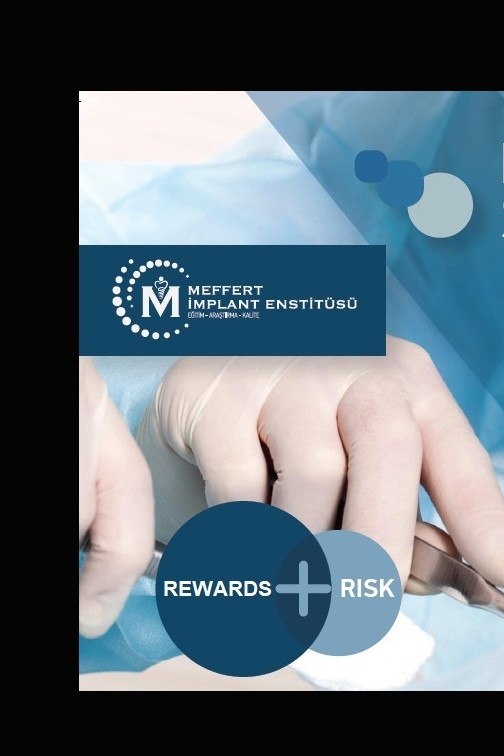Conservative Sinus Floor Elevation and Transport of Putty Graft by Osseodensification Drills: Two Cases
Conservative Sinus Floor Elevation and Transport of Putty Graft by Osseodensification Drills: Two Cases
Introduction: Sufficient
bone quality and a sufficient amount of bone surrounding implants are mandatory
for having long-term satisfactory treatment outcome. Especially in the
posterior maxilla pneumatization of maxillary sinus and resorption of alveolar
bone after tooth loss often compromises dental implant therapy. A bone drilling
concept, named osseodensification (OD), has been introduced and this concept
has been proposed to help in better osteotomy preparation, bone densification, an indirect sinus lift and also achieve bone expansion. Case Reports: Here
we aimed to present two cases that sinus floor elevation (SFE) has successfully
achieved by OD concept and putty graft sent by drills for sinus augmentation.
Primer stability of the implants was good, sinus membranes were intact and
dome-shaped augmentation area has observed radiographically for both cases. Discussion: Lateral
and crestal approach are the main techniques for SFE. Although these procedures
have been proven to be predictable with high success rate, various complications
as membrane perforation, bleeding, etc. have been reported. These complications
cause longer operation times and can lead to additional complications such as
reduction of blood supply, displacement of the graft, compromised graft
integration and wound healing. Benign paroxysmal positional vertigo is another
rare but uncomfortable complication occurring following osteotome SFE.
Conclusion: Considering
the complications of the conventional methods, this new concept can give
successful results in SFE with a more conservative and simple approach.
Moreover, it is seen as a significant advantage that better primary stability
in the maxilla posterior region, where bone quality is generally low.
Keywords:
Osseodensification Drills,
___
- References
- Başlangıç: 2017
- Yayıncı: Meffert İmplant Enstitüsü
